

Chinese linguistics |
|
| Taras V. Ivchenko. Chinese language: issues of standardization and terminology. Based on materials from the International Conference «Chinese Linguistics and Sinology», Russian State University for the Humanities, October 3–5, 2019 | |
|
This publication serves as an introduction to the section comprising three articles based on presentations at the International Conference «Chinese Linguistics and Sinology» (Russian State University for the Humanities, October 3–5, 2019). The conference was dedicated to the memory of the outstanding Soviet and Russian linguist Tan Aoshuang (1931–2017) and brought together many linguists and sinologists. Related articles were selected for this issue, and the introductory remarks provided are designed to set the background for the issues discussed therein. |
|
| Natalya Y. Chechina. Features of terminologization of common vocabulary in modern Chinese (on the example of economic discourse of Chinese-language media) | |
|
The paper is devoted to the features of the economic vocabulary functioning in the materials of the Chinese-language media. Media materials reflect the major changes that are occurring in the life of society, primarily in the economic sphere. For China, the development of a market economy is of great importance, which is also reflected in the texts of the mass media. Media materials are sources of new information, their recipients are mainly the general public. Nevertheless, economics is a professional field of activity with its terminological system. The main task of media materials is to transfer information from specialists in this field to non-specialists. Thus, taking into account the abundance of terms, the texts of the economic media enrich the lexicon of listeners or readers. At the same time, an analysis of the texts of the Chinese-language media showed that an active process of terminologization (the transition of commonly used words to the category of terms) is currently underway. This process has an impact on the daily communication of native speakers and is not enough studied on the material of modern Chinese. |
|
| Kirill I. Semenov. Adaptation Strategies of Russian Phonetic Loanwords in Chinese: Phonetic and Graphic Aspects | |
|
This article presents an analysis of phonetic and graphic transformations of Russian loanwords in Chinese. In the study, we have considered both proper and common nouns, as well as both loanwords included in dictionaries and those used in the Internet. The evidence reviewed allows us to detect the main trends in the adaptation of Russian consonants in Chinese, as well as to localize the hypothetical influence of the Russian-Chinese pidgin on current loanword adaptation in Mandarin Chinese. In the field of graphics, we have identified the dramatic discrepancy between the norms prescribed by the PRC media and the usage in the Internet. Furthermore, a significant level of specificity of the hieroglyphic N-grams in the loanwords is revealed, compared to the reference corpus of the Chinese texts. We expect that the results of our work will be useful for specialists both in phonetic typology and in NLP. |
|
Descriptive and theoretical research |
|
| Aleksandr N. Sboev.Chinese language «latinization» (on materials of Chinese Internet communication) | |
|
The process of Chinese language latinization goes back to 1958, when Pinyin alphabet was created. The usage of Pinyin alphabet for a long time was limited only by the sphere of education, where alphabet acted as an «extra tool» for hieroglyph studying. Nowadays the usage of pinyin alphabet is rather wider: Chinese words in dictionaries are listed in alphabetical order; alphabet is used for typing hieroglyphs on the keyboard; words written in letters are widely used in Chinese Internet communication, etc. It is worth to notice that some of the literal words currently used in Chinese-language Internet communication are borrowings from other languages (mostly from English). But this article is focused on wholly Chinese words that have been written only in Pinyin alphabet without tone diacritics. Is it possible that a letter writing in Pinyin alphabet will replace the traditional hieroglyphic writing? Today it seems absurd, but time will show. |
|
| Irina Bagirokova, Alina Baranova, Yury Lander. Data for the typology of associative plurals: Kuban Kabardian | |
|
Kabardian (Northwest Caucasian) displays two associative plural constructions. The first pattern exploits the suffix which is also used for the expression of additive plural:it is added to proper names and normally provides a reference to the family of the focal referent. Within the second pattern, a specific associative plural marker follows a syntactically autonomous nominal. The latter pattern possesses several specific properties: the associative plural marker governs the case of the focal nominal, which can be represented even by inanimate, non-specific and coordinate NPs. To describe the Kabardian associative plural system, we would suggest using not only a simplified version of Animacy Hierarchy (as is often done in typological literature) but involving several other hierarchies including those of definiteness/referentiality, number individuation, and morphosyntactic autonomy. |
|
| Olga I. Vinogradova, Elizaveta A. Smirnova, Anna V. Viklova, Irina M. Panteleeva. Syntactic Complexity of Academic Text: A Corpus Study of Written Production by Learners of English with Russian L1 in Comparison with Expert Texts of English Authors | |
|
The paper analyses data of automated evaluation of syntactical complexity of texts from four comparable corpora — two of expert texts and two of learner texts — in two subject areas. The research applied two different computer tools — UDPipe parser and AntConc set of programs. The following conclusions were made from the counts in the four corpora: |
|
| Oksana A. Kanerva. Russian Onomatopoeic Verbal Interjections: why Use ‘Non-words’ instead of Ordinary ones? | |
|
This paper considers such expressive words in Russian as onomatopoeic verbal interjections (bux ‘bang’, stuk ‘knock’, bul' ‘plop’). First of all, it focuses on the reasons for using these words in the first place. This study suggests that native speakers of Russian may deliberately prefer these linguistic units over words from other classes (nouns, verbs or adverbs). It happens when such factors as Zipf’s law and the principles of iconicity and economy in grammar come into play. Secondly, this article claims that while morphologically simple, syntactically mobile and with transparent onomatopoeia-based meaning, these words are not that primitive. Onomatopoeic verbal interjections are capable of conveying multiple shades of meaning due to such diachronic processes as lexical shifts and extensions they have undergone. These words enable speakers to imply more than they want to explicitly utter under certain conditions. And finally, using corpus data this research distinguishes such pragmatic functions of these linguistic units as quasi-referential, emotive, phatic, poetic and metalinguistic function. |
|
In memoriam |
|
| Л. П. Крысин, Л. Л. Иомдин. Владимир Зиновьевич Санников (1931–2019) | |
|
18 декабря 2019 г. скончался Владимир Зиновьевич Санников — известный русский языковед, автор ряда работ в таких разных областях лингвистики, как история древнерусского языка, русская морфология и русское словообразование, лингвистическая статистика, автоматическая обработка текстов, теория речевых актов. |
|
Editorial contacts:
Miusskaya sq. 6, building 2, Moscow, 125993, Russia,
Institute of Linguistics, RSUH
Mail to:
msk.ling.j@gmail.com